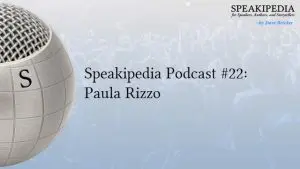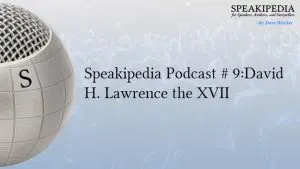Microphones are designed to be placed a certain distance from your mouth.
If you eat the microphone—if you put it on your kips like an ice cream cone—it’s likely to pick up breathing sounds and sibilance—the percussive pops, clicks, and hisses we produce when we pronounce the letters P, S, and T.
Position a handheld microphone just beneath your chin. Your audience will hear you clearly and they’ll be able to see your face.
Plus, if you’re at a meeting where the mic is being passed around, do you really want to put your mouth on that thing, too?
Clip a lavalier mic in the middle of your chest and it will hear you fine. I like lavalier and headset microphones because they’re always the same distance from your face. Set ’em and forget ’em. Also, if you have a microphone in one hand and a slide remote in the other, you’ll lose the expressiveness of hand gestures—and that’s a big disadvantage.
So why would anyone want a handheld microphone?
Take a play from the dynamic singer’s playbook. When vocalists sing softly, they move the microphone close to their lips. When they belt it out, they pull the microphone farther away. An accomplished vocalist knows how to “play the microphone” and if you’re a dynamic speaker who rangers between shouting and whispering, good mic technique will keep you audible and comfortable to listen to.
If all this mic tech is beyond you, just remember one thing: Don’t eat the microphone.





